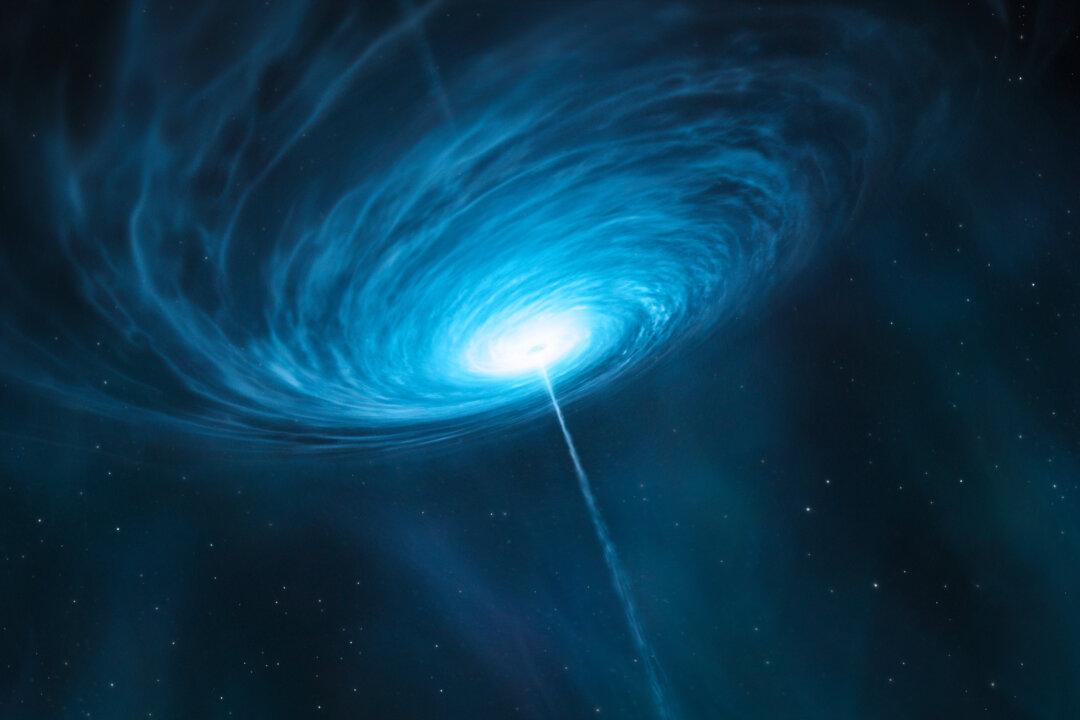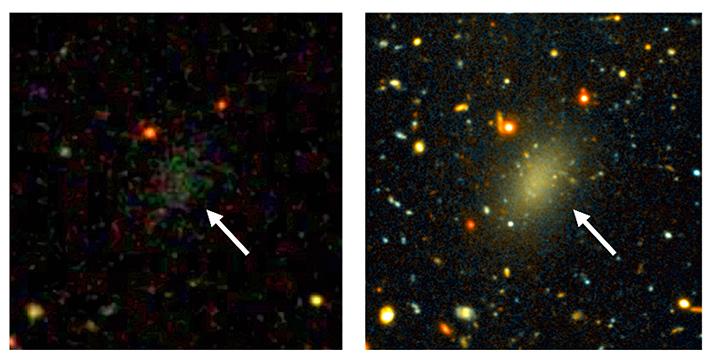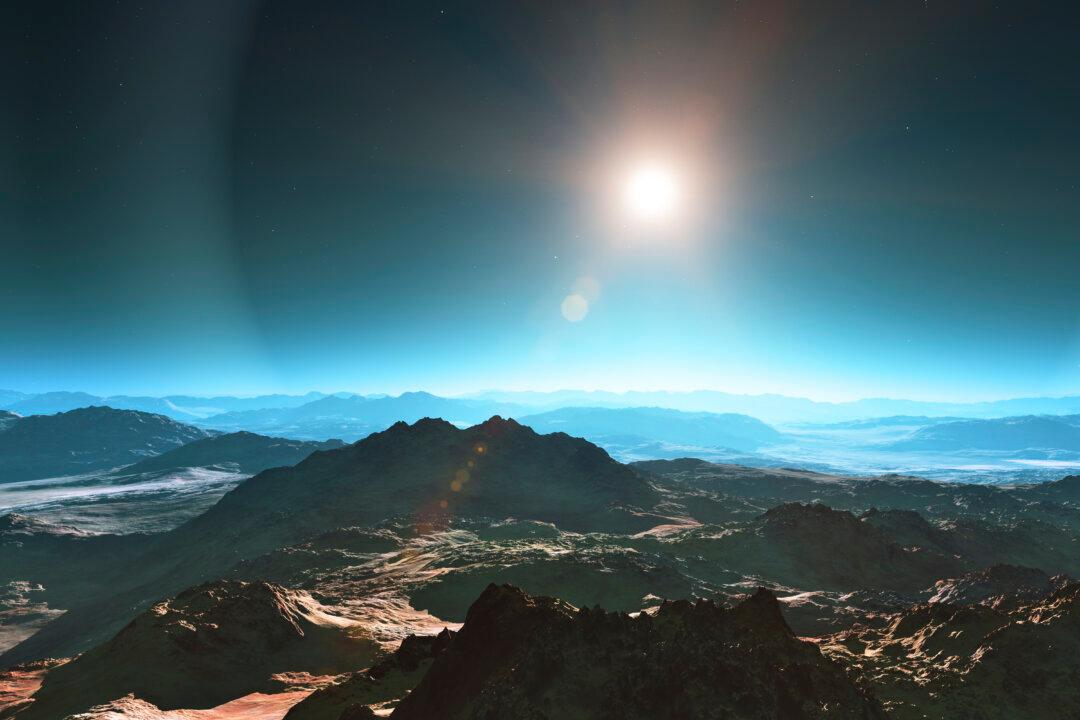Quasars emit a light as bright as that of 1 trillion stars. Scientists think they get their energy from supermassive black holes.
But where do the supermassive black holes get their fuel?
Hubble Space Telescope may have the answer: the merger of two galaxies.
“The Hubble images confirm that the most luminous quasars in the universe result from violent mergers between galaxies, which fuels black hole growth and transforms the host galaxies,” said C. Megan Urry, a professor of astronomy and astrophysics at Yale University.




